Table of Contents
Neoadjuvant vs. Adjuvant Therapy: What’s the Difference and Why It Matters
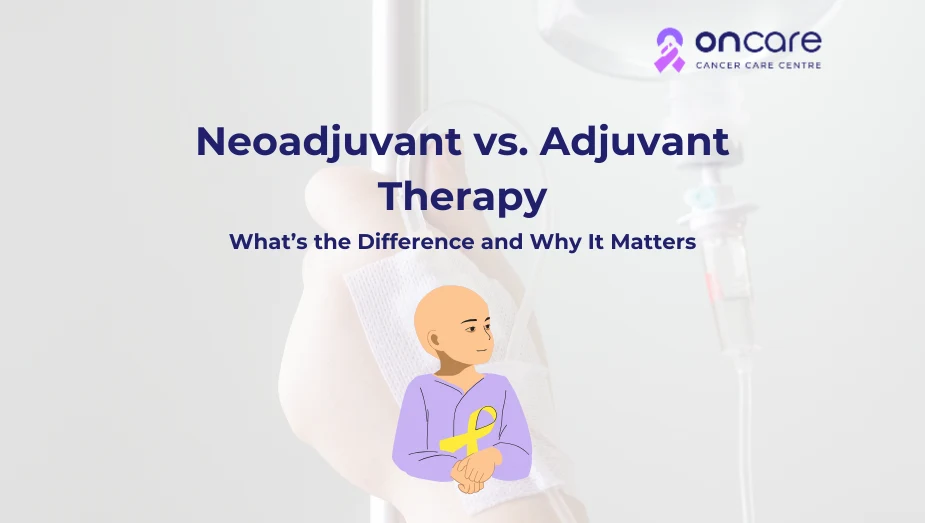
Cancer is a complex and life-threatening disease, and being diagnosed with cancer should be strategically managed with effective cancer treatments. In this treatment journey, each move is carefully planned to get a maximum impact on the patients. That’s where the excellence of neoadjuvant therapy and adjuvant therapies’ roles comes out!
Neoadjuvant therapy is performed before the surgery, which is supposed to weaken the cancer cells mainly ahead of the main surgery, while adjuvant therapy is often delivered after the surgery, which ensures that any hidden threats are eliminated.
In this blog, we’ll understand more about the difference between these two approaches and how it can empower the patients and clinicians to plan ahead more effective treatment plans.
What are Neoadjuvant therapy and Adjuvant therapy
In both neoadjuvant and adjuvant therapy, timing is crucial for maximizing treatment effectiveness and minimizing risks in cancer patients.
- Neoadjuvant therapies often refer to the treatments given before surgery, including chemotherapy, hormone therapy, immunotherapy, or radiation. It helps to shrink tumors and improve surgical outcomes and is often used to target some micrometastatic diseases in the early stages.
- Adjuvant therapy is often given after the surgery to eliminate any types of remaining cancer cells, which reduces the risk of recurrence and improves the long-term outcomes. It can include chemotherapy, radiation, hormone therapy, immunotherapy, or targeted therapy.
Why the timings matters
The timings of these treatments are often considered crucial because it impacts the treatment effectiveness along with some potential side effects and majorly some treatment outcomes. In Neoadjuvant therapy, a healthcare provider often checks the time between the ongoing treatment completion and surgery needs to be balanced.
For instance, a short time period won’t allow for any sufficient tumor response or recovery from treatment side effects, while taking too much time would lead to tumor progression or surgical implications.
Similarly, in Adjuvant therapy, the timing of treatment initiation after any cancer surgery is critical for increasing its effectiveness on preventing the cancer recurrence and improving survival.
Benefits of adjuvant therapy and neoadjuvant therapy
Adjuvant therapy is often performed after the primary cancer treatments like cancer surgery, which aims to reduce the risk of recurrence of cancer and improve the survival rates.
Here are some of the benefits of the adjuvant therapy
- Reduce the risk of cancer recurrence: These treatments are designed to target the remaining cancer cells that have been left after the main treatment. The primary treatment is surgery, and it helps to reduce the cancer cell spreading and growing.
- Improves the survival rates: It helps to reduce the chance of recurrence and metastasis, it helps to increase the overall survival time for patients.
- Personalised treatment: Performing this treatment helps to design an individual treatment plan for the specific cancer type. This treatment basically involves a patient's cancer stage, molecular characteristics, and patient’s overall health.
- Early medical intervention:These treatments are often delivered after the primary treatment, such as surgery, to increase the effectiveness. An early medical intervention is crucial for preventing the cancer from recurring and re-emerging.
Side effects
Here are some side effects of adjuvant therapy
- Fatigue
- Nausea and vomiting
- Hair loss (alopecia)
- Skin and nail changes
- Neuropathy
- Cognitive changes
- Pain
Benefits of Neoadjuvant therapy
Neoadjuvant therapy has several benefits
- Shrinks tumors: The treatment can often turn large tumors into smaller ones, which are easier to remove. For instance, if the patient has breast cancer then the surgical oncologists remove the tumor with lumpectomy instead of mastectomy.
- Helps to eliminate tumors: It helps to remove tumors so you don’t need to get a surgery.
- Easy recovery: The surgeon might create some smaller incisions (cuts) to get the tumor. Smaller incisions might lead to an easier recovery.
- Evaluates cancer treatment: Performing these treatments helps to find out if the treatment is effective in patients.
- Reduces the risk of micrometastases: The micrometastases are tiny cancer cells that break from a tumor and move to the other areas of the body. Performing neoadjuvant therapy that affects the patient’s body to get rid of micrometastases.
- Reduce the risk of recurrence: Some studies say that neoadjuvant therapy might help to keep certain cancer coming back in patients.
Side effects
The side effects might vary depending on the treatment type. There are some common side effects are:
- Anorexia nervosa : (This is an eating disorder and mental health condition)
- Diarrhea
- Fatigue
- Loss of taste (ageusia)
- Nausea and vomiting
Key difference between neoadjuvant and adjuvant therapy
Here are some accurate differences between neoadjuvant and adjuvant therapy
Aspects | Neoadjuvant therapy | Adjuvant therapy |
|---|---|---|
Timing of procedure | Before surgery | After surgery |
Primary benefits |
|
|
Risk or limitations |
|
|
Best treatment outcomes |
|
|
Consult Today
If you are diagnosed with cancers like breast, lung, bladder, and melanoma and are in the fight against cancer, perform treatments like neoadjuvant and adjuvant therapies, offering equal survival outcomes. Performing neoadjuvant therapy, often given before surgery, generally offers benefits like shrinking tumors, enabling precision surgery, and often revealing the tumor’s vulnerabilities.
At Oncare, we offer premium-quality cancer treatments including advanced cancer surgeries at affordable price ranges with an experienced cancer specialist consultation.
If you or any loved ones of yours are diagnosed with cancer, then visit Oncare Cancer Center and book an appointment with our cancer specialist today. Get an estimated cost of your cancer treatment today!
Frequently Asked Questions
Here are some benefits of performing neoadjuvant therapy.
- Shrink tumors
- Helps to eliminate some tumors
- Easy recovery
- Helps to evaluate cancer treatment
- It helps to reduce the risk of micrometastases
- Reduce the risk of recurrence
Here are some side effects of neoadjuvant therapy.
These may include:
- Anorexia nervosa
- Diarrhea
- Fatigue
- Loss of taste (ageusia)
- Nausea and vomiting
Most of the adjuvant therapies use drugs that used to destroy cancer cells. It often comes in a pill form or shot or an infusion (IV). Here are some of the common drugs used in cancer patients.
- Chemotherapy drugs, like alkylating agents, antimetabolites and taxanes
- Hormone therapy drugs, like tamoxifen and aromatase inhibitors
- Immunotherapy drugs, like monoclonal antibodies and checkpoint inhibitors
- Targeted therapy drugs, like PARP Inhibitors and tyrosine kinase inhibitors
A healthcare provider recommends adjuvant therapy while considering some of these factors.
- Cancer type:
- Cancer stage
- Cancer cell features
Book an Appointment
Related Blogs
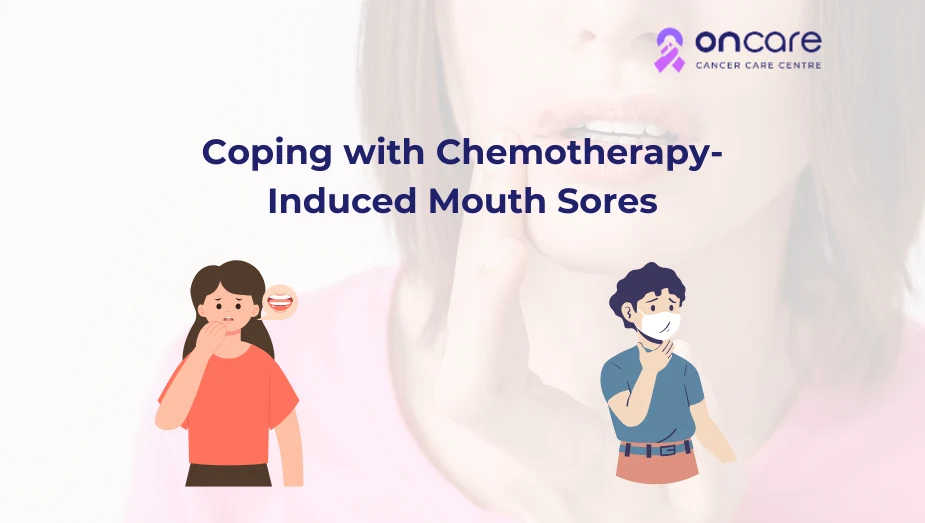
Coping with Chemotherapy-Induced Mouth Sores
Discover more about chemotherapy-induced mouth sores in cancer patients, why mouth sores happen during chemotherapy, and common symptoms of chemotherapy!
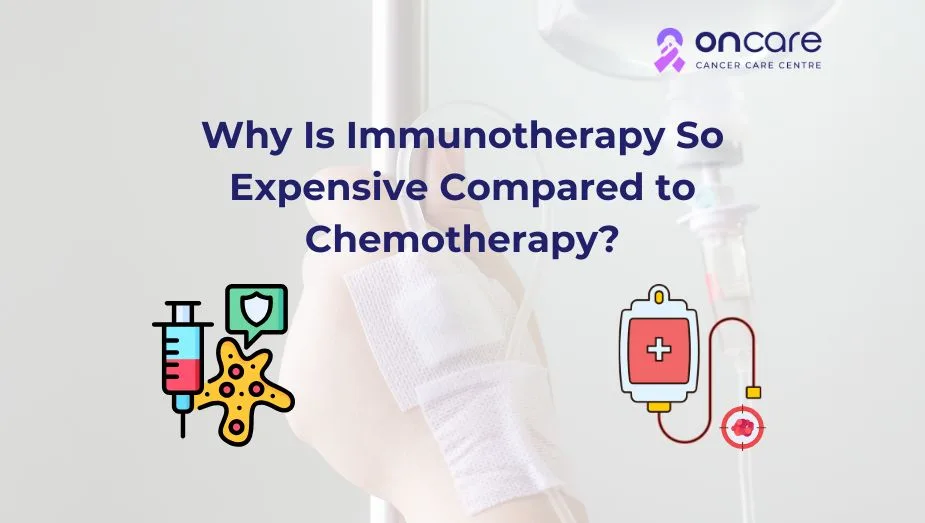
Why Is Immunotherapy So Expensive Compared to Chemotherapy?
Discover more about why immunotherapy is expensive when compared to chemotherapy, how it works, its types of immunotherapy, and factors influencing the costs!
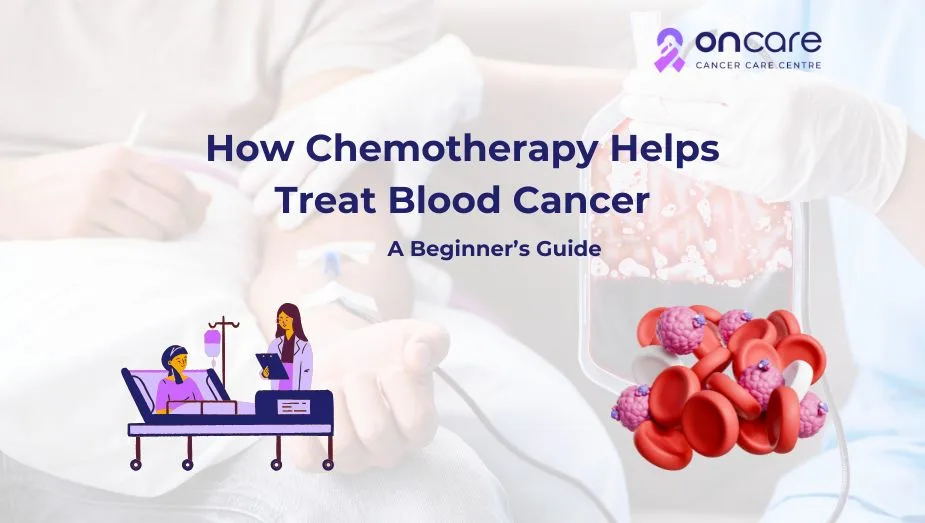
How Chemotherapy Helps Treat Blood Cancer: A Beginner’s Guide
Discover how chemotherapy helps to treat blood cancer, types of chemotherapy, how chemotherapy works against blood cancer, and what to expect during chemotherapy!
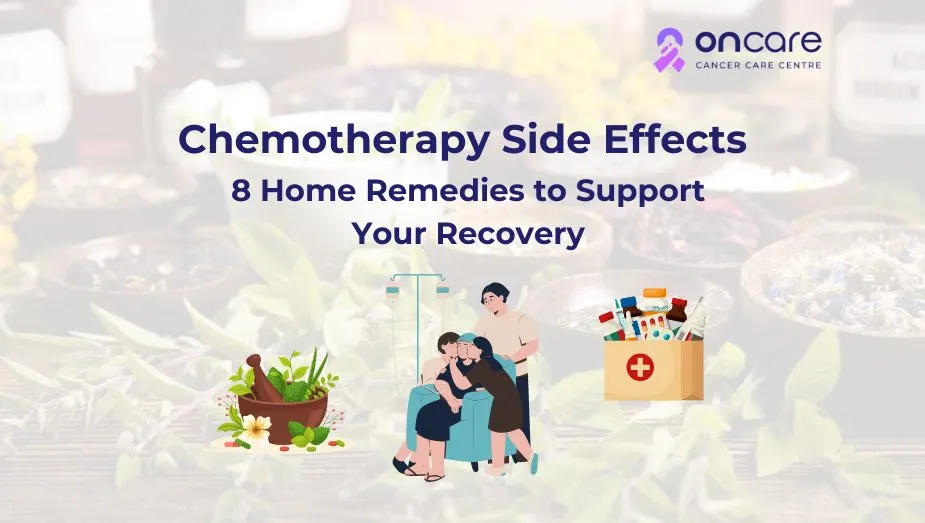
Chemotherapy Side Effects: 8 Home Remedies to Support Your Recovery
Discover 8 effective home remedies to ease chemotherapy side effects and support your recovery naturally with simple tips for comfort and healing.
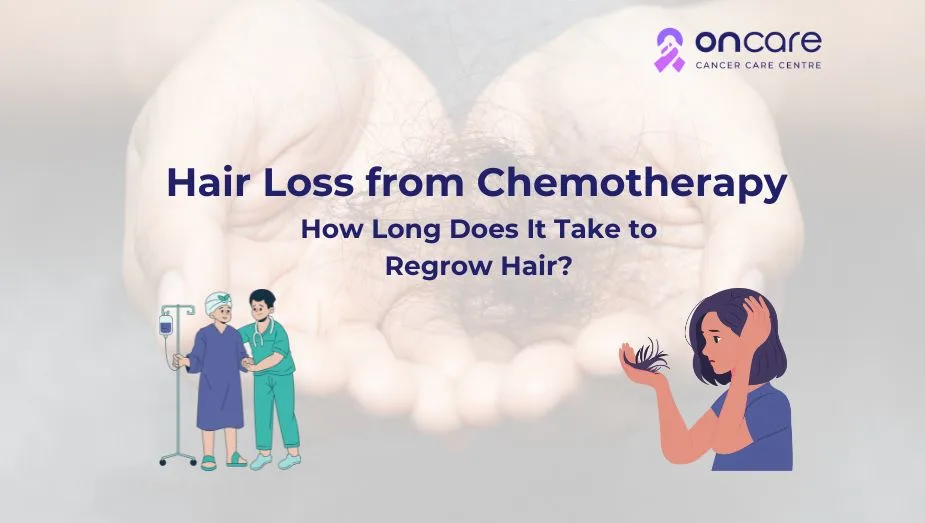
Hair Loss from Chemotherapy: How Long Does It Take to Regrow Hair?
Discover more about hair loss in cancer patients, reasons why patients face hair loss from chemotherapy, how to care for hair before and after chemotherapy.

How Much Does Targeted Therapy Cost in India? Breaking Down the Numbers
Learn more about targeted therapy costs and major factors affecting them in India. Discover the cost differences of targeted therapy between other cancer hospitals in India and Oncare Cancer Center!
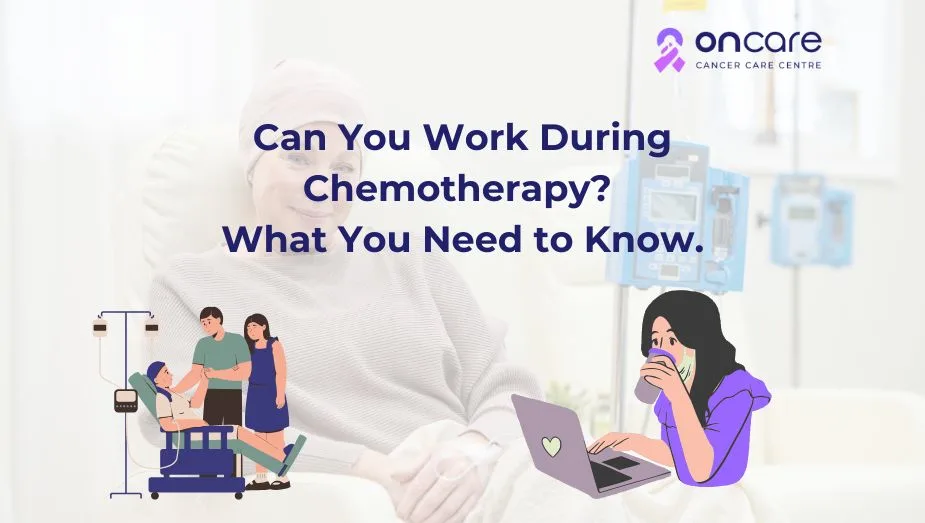
Can You Work During Chemotherapy? What You Need to Know
Learn more about how to work during chemo, how chemo affects patients, tips for balancing working during chemo, and signs you can’t continue working during chemo!
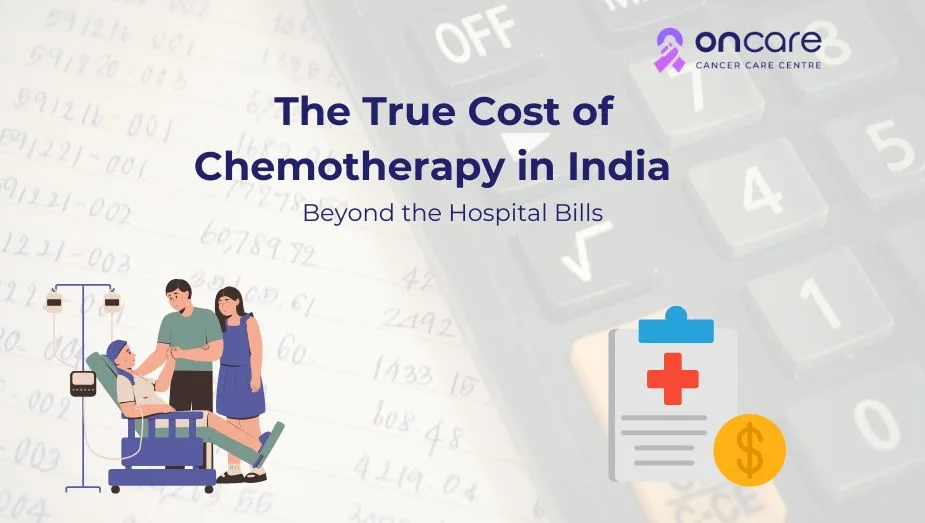
The True Cost of Chemotherapy in India: Beyond the Hospital Bills
Find out how much chemotherapy costs in India. Explore price ranges, affordable hospitals, and treatment options that suit your needs and budget.

Best Foods for Cancer Patients: What to Eat During Chemotherapy
Learn more about the essential foods to eat after a cancer diagnosis, what foods to avoid during chemotherapy, and the diet recommended for patients after chemotherapy!

